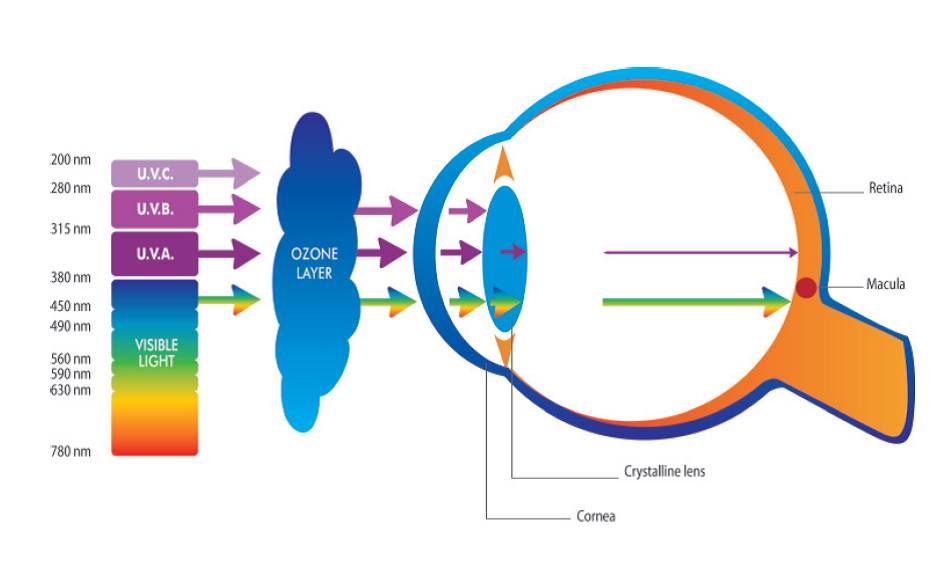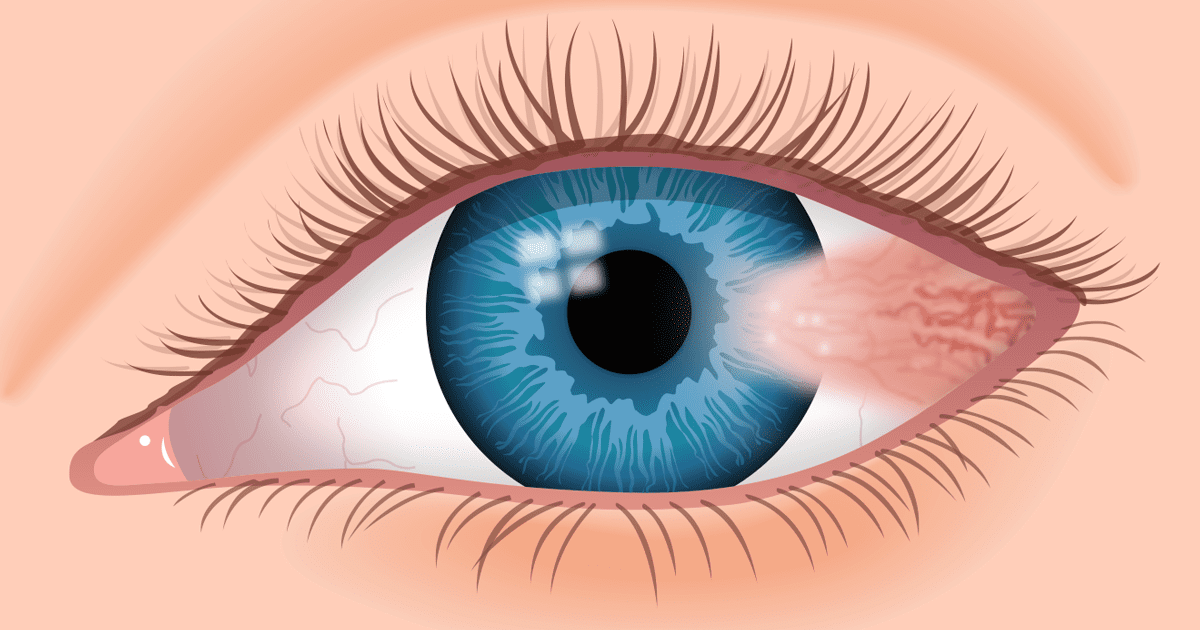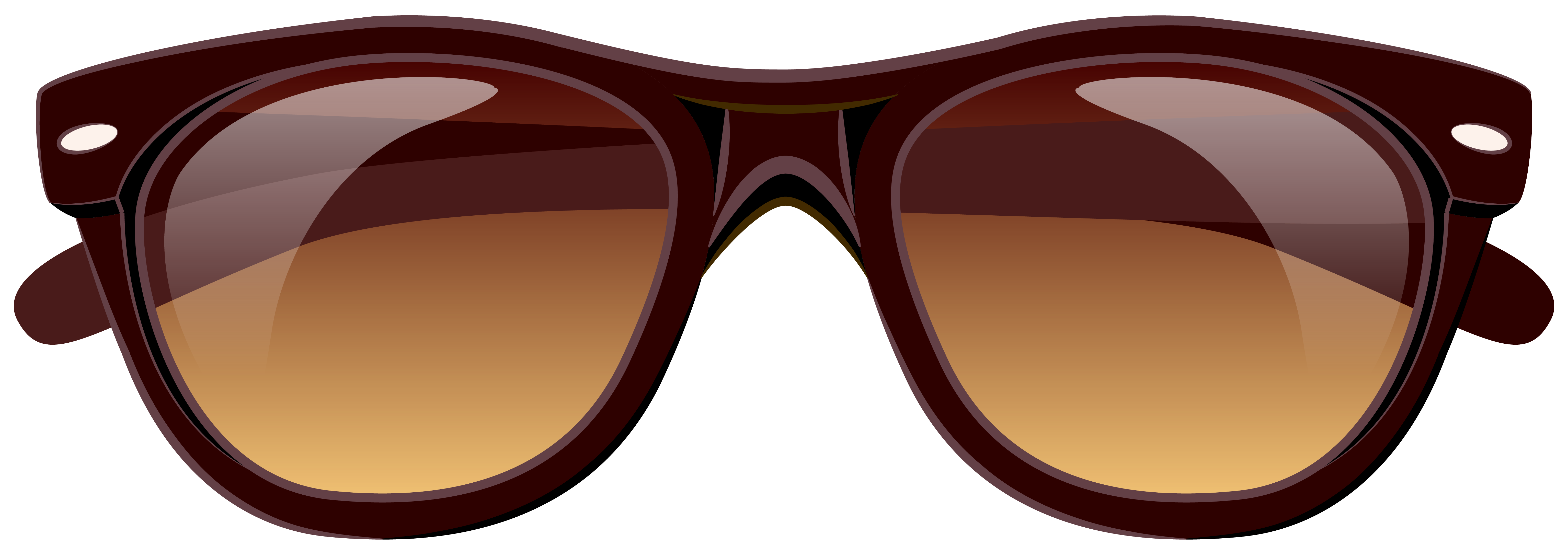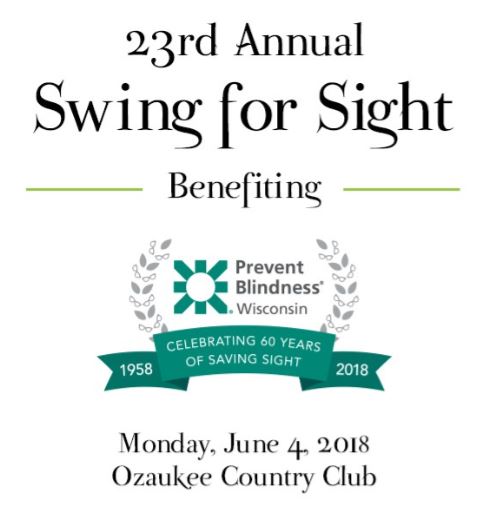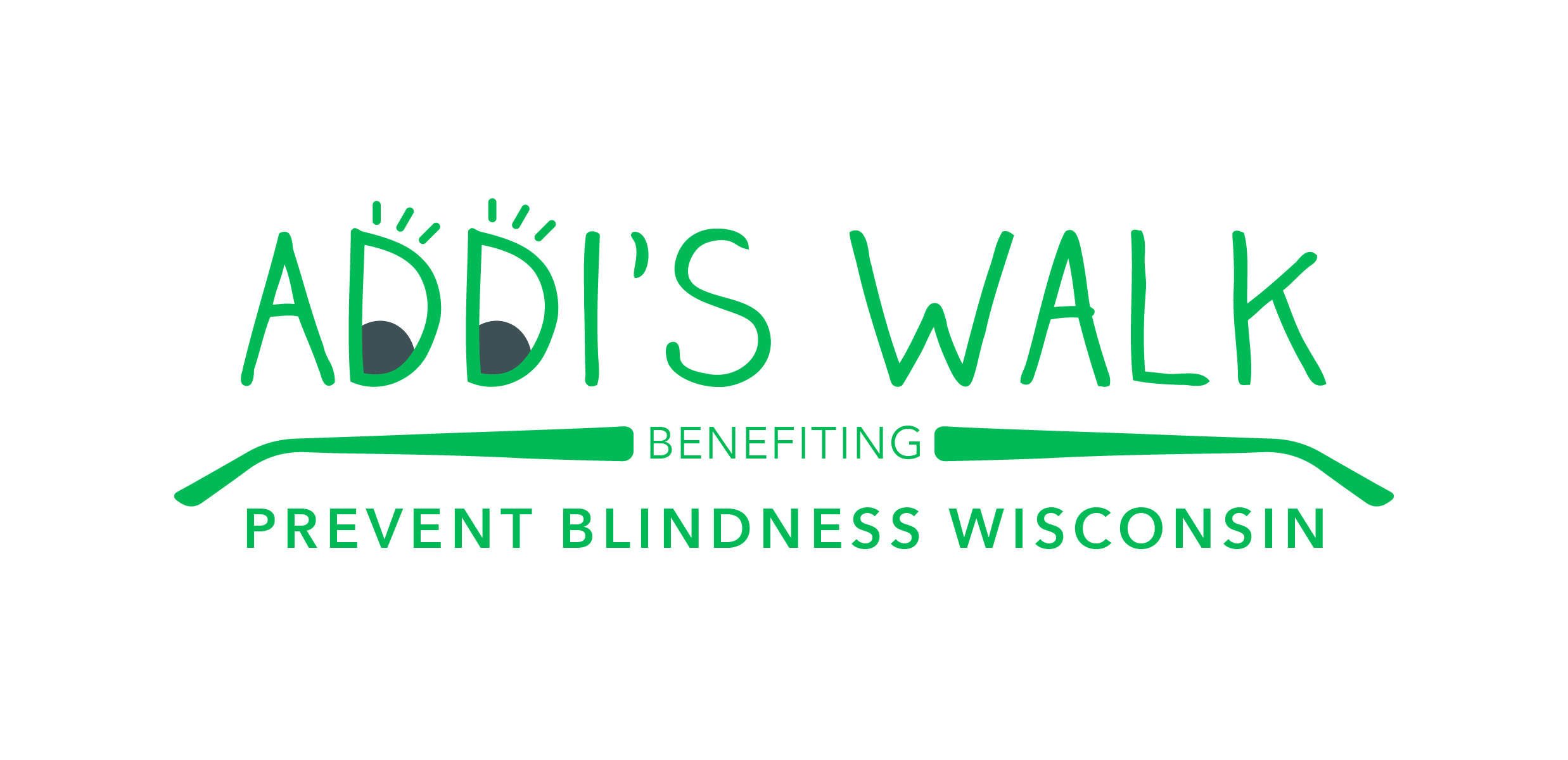| 05/2018 MAY EDITION |
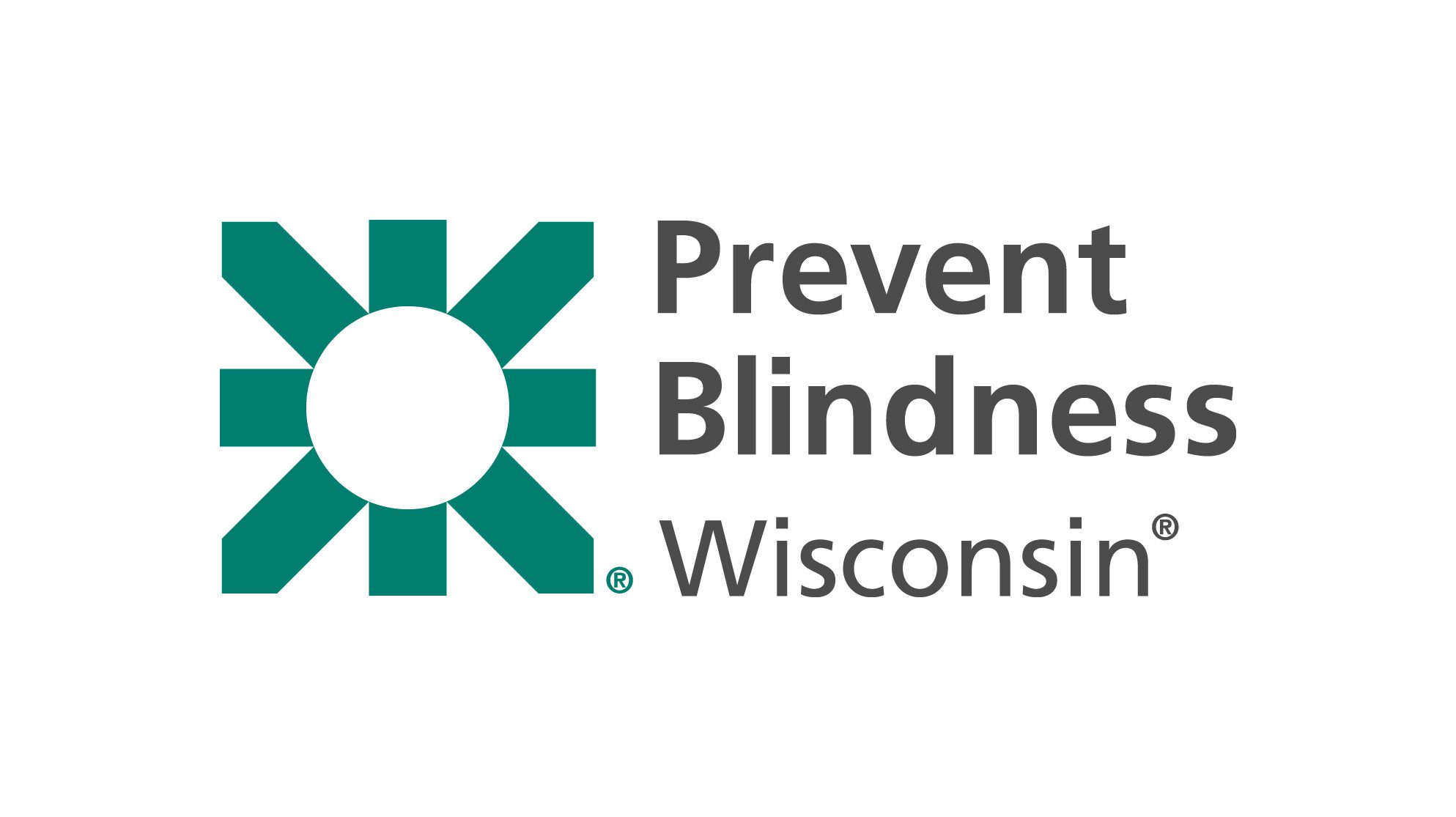
|
Here comes the sun! May is Ultraviolet Awareness Month. As the weather gets nicer and summer approaches, we all know to pull out the sunscreen! Protecting your skin is important, but have you ever thought about protecting your eyes from the sun?
|
||||
|
How Does the Sun Damage Your Eyes? The sun gives off UV-rays (invisible rays of light) which over time can cause permanent damage to your eyes. Types of UV Rays UV-A: These are less-intense rays but, over time they can cause damage to the macula of your eye. The macula enables you to sharply see objects in your central vision, allowing you to focus on fine details in front of you. UV-B: These are more-intense rays that affect the cornea and lens of the eye. These rays can cause significant damage to the eye and over time can cause cataracts, pterygium (growths on the cornea), and corneal sunburns (photokeratitis.)
|
||||
|
The Effects of Unprotected Sun Exposure Cataracts Cataracts form due to a clouding of the eye’s lens. Unprotected sun exposure during adolescence and in your 20’s and 30’s can cause cataracts to form as you age. Cataracts can restrict your vision and cause haziness, double vision, blurriness, and frequent changes in glasses/contact lens prescriptions. Normal Vision Vision with a cataract Age-Related Macular Degeneration (AMD) UV-A rays can cause damage to the macula of the eye over time. This can cause small protein deposits (drusen) to form on the macula, causing it to become thin and weak (dry AMD). UV-A rays can also cause abnormal blood vessels to grow underneath the macula, which can begin to leak over time (wet AMD). The only way to diagnose age-related macular degeneration is through a dilated eye exam. Normal Vision Vision with AMD Pterygium [tuh–rij-ee-uh m] Pterygium are growths that occur on the white areas of the eye, eventually growing onto the cornea. This condition is more common in individuals who work outside. Over time pterygiums can block and distort vision and cause discomfort if not treated. Corneal Burns Prolonged sun exposure, especially on the open water or on a snowy day, can cause corneal burns. Corneal burns are a “sunburn” on the surface of the cornea. These can cause discomfort and changes in vision. If changes in your vision become severe, seek care from an eye doctor as soon as possible.
|
||||
|
Prevention and Protection Avoid the use of indoor tanning beds. Exposure to UV radiation in tanning beds is 100 times greater than it is from the sun. This can lead to the development of cataracts and cancer of the uvea, the layer of tissue beneath the white area of your eye. Wear sunglasses or goggles that have a label stating they “absorb 99-100% of UV-A and UV-B rays” and make sure your sunglasses cover your entire eye. Wear a large brimmed hat outside to help reduce glare from the sun.
|
||||
|
Who is at Risk? Everyone is at risk for UV radiation damage to their eyes. Those who are at an increased risk include:
|
||||
|
||||
|
Join Prevent Blindness Wisconsin outside this summer!
|
Like us on Facebook and follow us on Twitter and Instagram to learn more about vision health.
Sources:
https://www.amazon.com/Large-Brimmed-Garden-Summer-Womens/dp/B00J4IKNM4
https://www.goggles4u.co.uk/what-ultra-violet-damage-actually-does-to-your-eyes
https://www.mycutegraphics.com/graphics/hat/pink-safari-hat.html
http://images.clipartpanda.com/cloud-clip-art-14864-clouds-design.png
http://clipartix.com/trees-clipart-image-29036/
| (414) 765-0505 wisconsin.preventblindness.org [email protected] |

